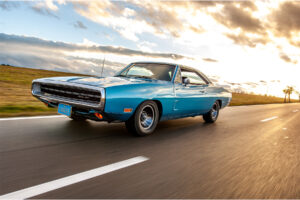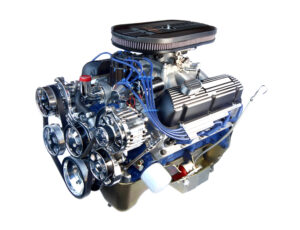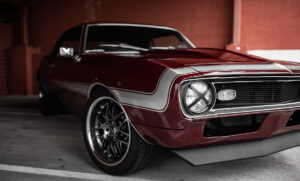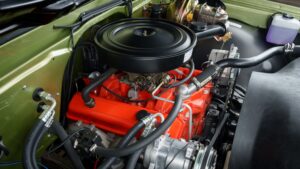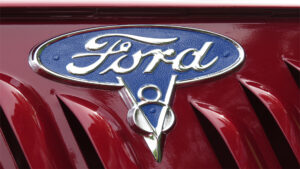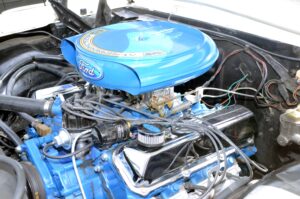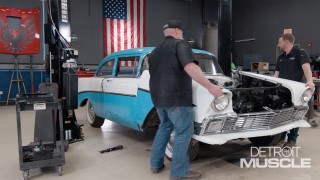The Legendary Ford Mustang: An American Icon and the Pony Car Wars
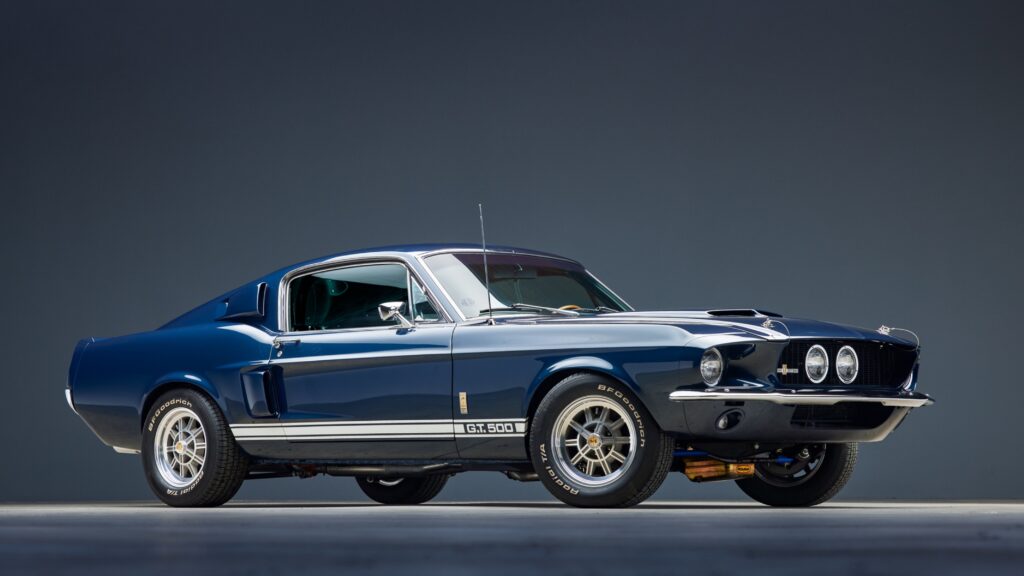
Few cars have left as big of a mark on American culture as the Ford Mustang. Since its debut in 1964, the Mustang has become more than just a car—it’s a symbol of freedom, performance, and the muscle car era that helped define a generation. The Mustang’s story is one of innovation, competition, and staying power in an ever-changing automotive landscape.
Table of Contents
The Birth of the Mustang
In the early 1960s, Ford recognized the growing demand for a stylish, affordable sports car that could appeal to the younger crowd. Enter the Mustang, introduced at the 1964 World’s Fair in New York. It instantly captured America’s imagination with its long hood, short deck, and aggressive styling. Marketed as a car that offered both performance and practicality, the Mustang was an immediate success, selling over 400,000 units in its first year alone.
Under the hood, the original Ford Mustang came with a variety of engine options, ranging from an inline-six to a 289-cubic-inch V8. Ford’s strategy of offering customizable features allowed buyers to tailor their Mustang to their personal style, a trend that continues to this day.
The Pony Car Wars Begin
The Mustang’s success didn’t go unnoticed by competitors, leading to what became known as the “Pony Car Wars.” Chevrolet responded with the Camaro in 1967, Dodge brought out the Challenger in 1970, and Plymouth entered the fray with the Barracuda. These competitors pushed Ford to continually up its game, leading to the development of high-performance variants like the Shelby GT350 and GT500, as well as the Mach 1.
Throughout the late ’60s and early ’70s, horsepower wars raged, and each brand sought to outdo the others in speed, styling, and street credibility. The Mustang held its ground with iconic models such as the Boss 302 and Boss 429, which delivered serious track performance and muscular styling that enthusiasts still crave today.
Surviving Changing Times
The oil crisis of the 1970s and tightening emissions regulations forced automakers to rethink their strategies. The Mustang went through several transformations, including the controversial Mustang II in 1974, which prioritized fuel economy over performance. While it may not have been the powerhouse that fans loved, it kept the Mustang name alive during tough times.
The 1980s saw the Mustang return to its performance roots with the introduction of the Fox Body platform. Models like the 5.0 GT brought V8 power back into the spotlight and cemented the Mustang’s place in car culture once again. The 1990s and early 2000s continued to refine the formula, with Ford blending modern technology with retro-inspired styling to capture the nostalgia of the original models.
The early 2000s marked a major comeback for the Mustang with the introduction of the fifth-generation model in 2005. With its retro-inspired styling that paid homage to the classic Mustangs of the 1960s, it reignited enthusiasm among both longtime fans and a new generation of muscle car enthusiasts. Featuring powerful engine options like the 4.6-liter V8 in the GT and later the return of the Shelby GT500, this era of the Mustang proved that classic muscle could coexist with modern performance and technology.
The Modern Mustang
Today, the Mustang continues to evolve while staying true to its heritage. The sixth-generation model introduced independent rear suspension for better handling, and the return of the Shelby GT350 and GT500 pushed the performance envelope even further. With the addition of turbocharged EcoBoost engines alongside the classic Coyote V8, the Mustang offers a range of options for different types of enthusiasts.
In recent years, Ford has embraced the Mustang’s global appeal, offering it in markets around the world and even introducing the all-electric Mustang Mach-E, which brings the iconic nameplate into the future.
Cultural Impact
From movies like “Bullitt” to TV shows and music videos, the Mustang has become a pop culture phenomenon. It represents the American dream—freedom, power, and the open road. Car clubs, enthusiast events, and aftermarket communities thrive around this legendary nameplate, ensuring its legacy endures for generations to come.
Whether you’re a fan of classic Mustangs or the latest high-tech models, one thing remains clear: the Mustang isn’t just a car; it’s a lifestyle. As the pony car wars continue in new forms, the Mustang stands as a testament to American ingenuity and a love for the open road.
Want to read more articles like this?
Join the PowerNation Email NewsletterRead More from PowerNation
- Chapters
- descriptions off, selected
- captions off, selected
This is a modal window.
